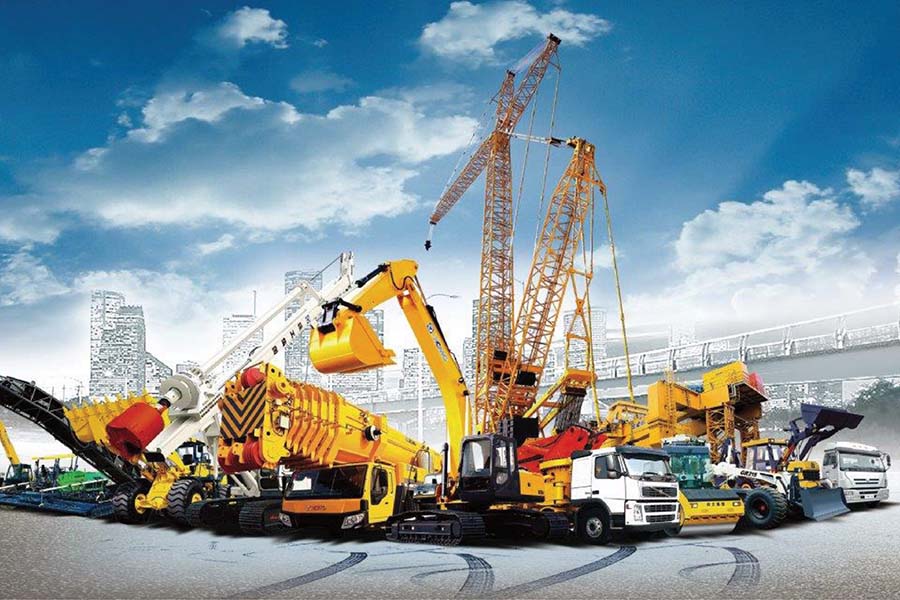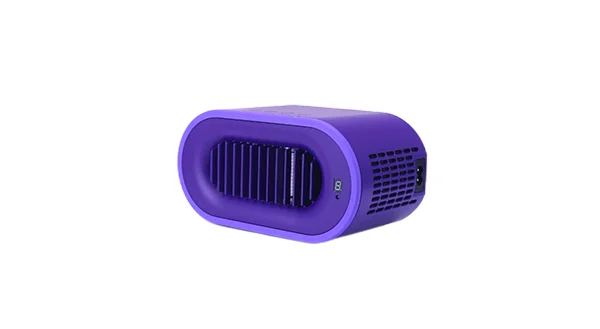A slewing drive, often referred to as a slewing gearbox or slewing ring drive, is a key component that enables rotational motion in truck-mounted cranes. It allows the boom and upper structure of the crane to rotate horizontally, facilitating precise load positioning. In this blog post, as a high performance heavy machinery slew drive manufacturer, YOJU will share the installation of truck mounted crane slewing drive for sale.
1. Understanding the Slewing Drive System
The slewing drive in a truck-mounted crane consists of several components:
* Slewing Ring Bearing: This supports axial, radial, and tilting moment loads.
* Drive Motor: Usually hydraulic, it transmits power to the gearbox.
* Enclosed Gearbox: Houses the reduction gears that drive the slewing ring.
* Output Pinion: Engages with the slewing bearing' s internal or external teeth.
The system can be powered by hydraulic motors (common in mobile cranes) or electric motors (less common in off-road environments). The drive must synchronize with the crane control system and be capable of supporting dynamic loads during lifting and rotation operations.
2. Pre-Installation Preparation
Before beginning the installation process, it is essential to perform thorough checks and preparations to ensure optimal outcomes:
* Inspection of Parts: All components must be inspected for physical damage, corrosion, or missing hardware. Slewing rings should be clean, with protective coatings intact.
* Verify Specifications: Match the slewing drive to the truck crane' s rated load capacity, slewing torque, and operating speed.
* Foundation Surface: The crane base where the slewing drive mounts must be flat, rigid, and machined to required tolerances, typically ≤0.2 mm flatness deviation.
* Lifting Equipment: Cranes and rigging gear must be rated adequately to lift and position the slewing drive without inducing stress or shock loads.
3. Mechanical Installation Procedure
The mechanical installation of the slewing drive involves precise positioning, secure fastening, and alignment with mating parts:
Step 1: Positioning the Slewing Ring Bearing
* Align the bolt holes of the slewing bearing with the mounting holes on the crane' s turntable or frame.
* Insert locating pins if provided by the manufacturer for pre-alignment.
* Gently lower the bearing onto the base using lifting lugs, ensuring no side load or tilt is introduced.
Step 2: Bolt Tightening Sequence
* Use grade 10.9 or 12.9 high-strength bolts and self-locking nuts as specified.
* Apply anti-seize compound if recommended.
* Tighten bolts in a criss-cross pattern (star sequence) to avoid uneven load distribution.
* Use a calibrated torque wrench to apply initial torque to 30%, then 60%, and finally 100% of the specified torque in three steps.
Step 3: Gear Backlash and Tooth Contact
* Check the gear backlash between the slewing ring and pinion using feeler gauges or dial indicators.
* Ideal backlash ranges between 0.15 mm to 0.3 mm depending on gear module and application.
* Use marking compound to verify tooth contact pattern. Full flank engagement is desirable to prevent premature wear.
Step 4: Drive Motor and Gearbox Mounting
* The drive motor/gearbox assembly must be mounted in alignment with the pinion gear axis.
* Mounting brackets should be structurally reinforced and vibration-isolated.
* Ensure the motor flange and gearbox housing are free from misalignment to avoid radial loading on shafts.

4. Hydraulic System Integration
Most truck-mounted crane slewing drives utilize hydraulic motors, and their integration must be done with precision:
Hydraulic Circuit Requirements:
* A closed-loop or open-loop system depending on the crane design.
* Pressure relief valves (usually 250–300 bar range) must be installed to prevent over-pressurization.
* Flow control valves are required to modulate slewing speed smoothly.
Step 1: Connect Hydraulic Lines
* Use high-pressure-rated hoses with proper fittings (e.g., JIC or BSP).
* Avoid sharp bends or excessive length to minimize pressure drop.
* Verify hydraulic cleanliness; filter hydraulic oil (ISO 4406 cleanliness code 18/16/13 or better) before use.
Step 2: Bleed the System
* Bleed air from the motor and lines to avoid cavitation.
* Slowly actuate the system while monitoring for abnormal sounds or erratic movement.
Step 3: Check Motor Rotation
* Confirm that the motor rotates in the correct direction.
* Reverse hoses if directional error is observed and not restricted by valve logic.
5. Electrical and Control System Setup
The slewing drive must be properly integrated with the crane' s control system:
* Sensors and Encoders: If used, angular encoders or Hall sensors should be calibrated for feedback control.
* Control Interface: Joystick or electronic control should provide proportional output to the hydraulic valves.
* Safety Interlocks: Ensure limit switches and overload protection are configured to disable slewing if unsafe conditions occur.
6. Lubrication and Sealing
Lubrication is critical for the longevity of the slewing drive:
* Slewing Bearing Grease: Apply lithium-based or calcium sulfonate complex grease compatible with the bearing type.
* Pinion and Gear Teeth: Use open gear grease with high load-carrying additives (e.g., molybdenum disulfide).
* Gearbox Oil: Fill to the recommended level using gear oil such as ISO VG 220 or 320 depending on manufacturer specifications.
* Seals: Check rotary shaft seals, O-rings, and housing gaskets for integrity and compatibility with environmental exposure.
7. Post-Installation Inspection and Testing
Once installation is complete, the system must undergo validation to ensure operational safety and performance:
Step 1: Static Inspection
* Check bolt torques again after 24 hours due to settling.
* Inspect for leaks in hydraulic and gearbox areas.
Step 2: Functional Test
* Operate slewing drive under no-load and full-load conditions.
* Monitor noise, temperature, and vibration levels.
* Observe for smooth, responsive, and controlled rotation.
Step 3: Load Holding Test
* Apply a suspended load and rotate the crane slowly to verify holding capacity and hydraulic brake function.
* Conduct dynamic tests, such as abrupt stop/start cycles, to validate structural integrity.
8. Maintenance Recommendations
Routine maintenance prolongs the life of the slewing drive:
* Daily: Visual check for leaks, unusual noises, or performance changes.
* Weekly: Check fluid levels and clean external surfaces.
* Monthly: Torque-check mounting bolts and replenish grease.
* Annually: Perform detailed inspection of gear teeth, bearing clearance (using axial/radial play gauges), and hydraulic efficiency.
Conclusion
The slewing drive is the heart of the rotational system of a truck-mounted crane. Its correct installation demands mechanical precision, hydraulic discipline, and control integration. Improper alignment, insufficient torqueing, or contaminated hydraulic fluid can lead to premature failures, operational hazards, and downtime. By following a detailed and methodical approach as outlined above, technicians and engineers can ensure the slewing drive operates reliably under demanding field conditions, ensuring safety, efficiency, and extended equipment lifespan.
www.enyoju.com
YOJU

